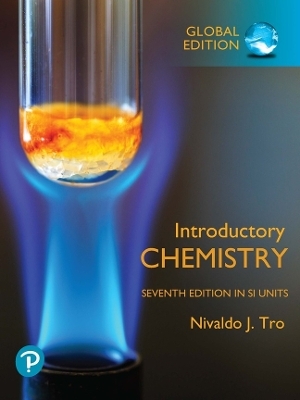
Applied Thin–Layer Chromatography – Best Practice and Avoidance of Mistakes
Wiley-VCH Verlag GmbH (Hersteller)
978-3-527-61025-9 (ISBN)
- Keine Verlagsinformationen verfügbar
- Artikel merken
Thin layer chromatography (TLC) is a powerful, fast and inexpensive analytical method. It has proven its usefulness in pharmaceutical, food and environmental analysis. This new edition features a completely revised chapter on documentation, now including the use of digital cameras. Selected new sorbents and instruments are also introduced. Why has the prior edition been successful? All steps of the analytical procedure are clearly explained, starting with the choice of a suitable TLC technique and ending with data evaluation and documentation. Special emphasis is put on the proper choice of materials for TLC. Properties and functions of various materials and the TLC equipment are described, covering e. g. precoated layers, solvents and developing chambers, and including information on suppliers. Many practical hints for trouble shooting are given. All this is illustrated with numerous coloured figures. How to use TLC in compliance with GLP/GMP regulations is described in detail, including the required documentation. Therefore the reader can very easily compile his own standard operating procedures.
After working for many years for Heumann Pharma (now part of Pfizer), where she was in particular responsible for the training and education of lab technicians, Elke Hahn-Deinstrop is now a freelance consultant for thin-layer chromatography. She is author of numerous papers and frequent lecturer.
INTRODUCTION What is TLC? When is TLC used? Where is TLC used How is the result of a TLC represented? What kinds of reference substances are used in TLC? The literature on TLC PRECOATED LAYERS Why use precoated layers? How are precoated layers produced? What kinds of precoated layers are there? What are precoated layers used for? Criteria for choosing stationary phases in TLC Effect of the stationary phase when the solvents are identical Recommendations for the procurement and storage of precoated layers Problems in the nomenclature and classification of precoated layers BEFORE TLC DEVELOPMENT Handling of the precoated layers Prewashing Activation Conditioning Impregnation Application of the sample Positioning of the sample Drying before development SOLVENT, DEVELOPING CHAMBERS AND DEVELOPMENT Solvent TLC developing chambers Development of thin-layer chromatograms Drying after development EVALUATION WITHOUT DERIVATIZATION Visual direct evaluation Optical direct evaluation using special equipment Coupling methods for substance identification Documentation without or before derivatization DERIVATIZATION Thermochemical reaction Irradiation with high energy light Reaction with reagents Special types of derivatization Treatment of derivatized chromatograms EVALUATION AFTER DERIVATIZATION Visual evaluation Evaluation by TLC scanner Evaluation by video system Evaluation by flat-bed scanner DOCUMENTATION Description of a thin-layer chromatogram Documentation by reproduction, tracing or photocopying Photographic documentation Video documentation TLC scanner documentation Flat-bed scanner documentation GMP/GLP-CONFORMING TLC WORK Validation of TLC methods Use of qualified calibrated equipment GMP/GLP-conforming rawdata sheets Examples of GMP/GLP-conforming testing procedures LOADING EFFECTS Definite loading of a substance TLC of sensitive substances SPECIAL METHODS IN TLC AMD - Automated Multiple Development OPLC - Overpressured Layer Chromatography HPPLC - High Pressure Planar Liquid Chromatography TLC-FID/FTID - Combination of TLC with Flame Ionization Detector or Flame Thermoionic Ionization Detector RPC - Rotation Planar Chromatography Appendix Chromatography and art References Abbreviations used Acknowledgements Market review
| Verlagsort | Weinheim |
|---|---|
| Sprache | englisch |
| Maße | 175 x 242 mm |
| Gewicht | 744 g |
| Themenwelt | Naturwissenschaften ► Chemie |
| ISBN-10 | 3-527-61025-1 / 3527610251 |
| ISBN-13 | 978-3-527-61025-9 / 9783527610259 |
| Zustand | Neuware |
| Haben Sie eine Frage zum Produkt? |
aus dem Bereich


